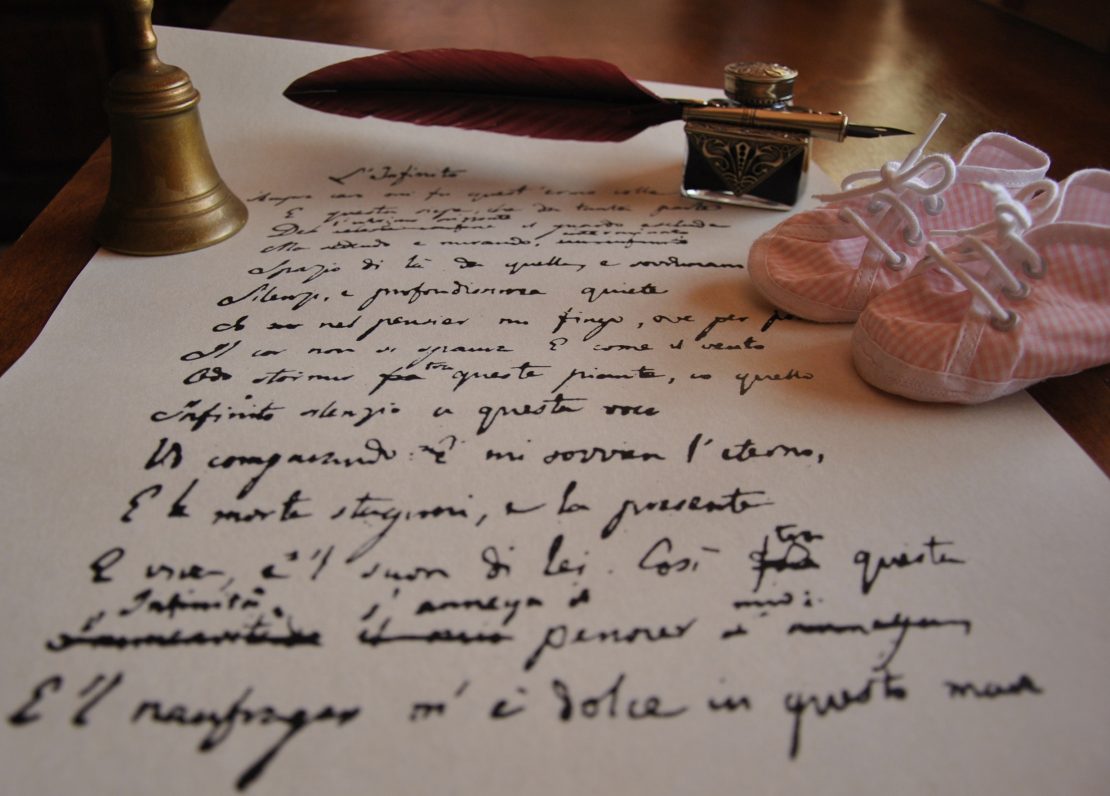
Siamo andati a vedere uno spettacolo in lingua inglese al teatro “Giuseppetti” di Tivoli. Il titolo era “The strange case of hotel Morgue”, ispirato al racconto di Edgar Allan Poe “The murders in the Rue Morgue”. Nonostante avessimo lavorato sulla storia del racconto in classe, siamo rimasti molto sorpresi dal riadattamento a teatro. Le maggiori differenze sono state nell’ambientazione, nel racconto è una strada di Parigi, nel riadattamento un albergo el’assassino, nel primo è un orangotango, mentre nell’ultimo è un licantropo.
La storia rispecchia perfettamente lo stile del thriller, ovvero: omicidi, sospetti e animali assassini. Lo spettacolo ha un andamento molto fluido e fa appassionare alla storia. Nel mezzo dellarappresentazione ci sono delle scene divertenti che sdrammatizzano l’atmosfera di mistero. Verso la fine c’è un grande colpo di scena che svela l’assassino: la persona meno sospettata. Lo spettacolo era ben recitato e facilmente comprensibile. L’opera è stata molto coinvolgente, divertente e intrigante.
Summary of “The murders in the Rue Morgue” by Edgar Allan Poe
The protagonists are Dupin and the narrator. They read with great interest the news paper accounts of a mysterious double murder. Madame L’Espanaye and her daughter have been found dead at their home in the Rue Morgue. The murder soccurred in a fourth-floor room that was locked from the inside; on the floor were found a bloody straight razor, several bloody tufts of gray hair, and two bags of gold coins. Several witnesses reported hearing two voices, one male and French, but disagreed on the language spoken by the other.
A bank clerk named Adolphe Le Bon is arrested because he brought the gold coins to the two ladies the day before; Dupin decides to offer his assistance to the prefect of police. He states that Le Bon is innocent and believes there was no robbery as the gold was not taken from the room. He also points out that the murderer would have had super humans trength to force the daughter’s body up the chimney. Dupin concludes that it was an orangutan that killed the women. He places an advertisement in the local news paper as king if any one has lost such an animal, and soon a sailor arrives looking for it. The sailor explains that he captured the orangutan while in Borneo and brought it back to Paris, but had trouble keeping it under control.
The orangutan seized the mother by the hair and was waving the razor, imitating a barber; when shes creamed in fear, it flew into a rage, ripped her hair out and slashed her throat and then strangled the daughter. Fearing punishment by its master, the orangutan threw the mother’s body out of the window and stuffed the daughter into the chimney before fleeing. The sailorsells the orangutan and Le Bon is released from custody.
Summary of “The strange case of Hotel Morgue”
Location: Hotel Morgue
Characters: Gaston, Mr Dupin, Aunt Camille, Jack Onion, Doctor Flu, Wolfgang, the werewolf.
The story is set in the hotel Morgue, where many murders occurr; among them the murder of Mrs Camille’s husband. Madame Camille calls her nephew, Mr Dupin, to investigate. He arrives at the hotel and starts inquiring about the hotel’s customers. Monsieur Dupin has got suspicions on the various guests, but they will be killed by a werewolf. Mr Dupin understand sit only at the end, but, also him is killed by the werewolf who is actually Doctor Flu.
Our impressions about the show
In the show were:
Gaston, who was the owner of the hotel,
Madame Camille, the aunt of Monsieur Dupin,
Monsieur Dupin, who was the detective and the “intelligent” person,
Doctor Flu, the physician and the werewolf,
Jack Onion, a sailor and Wolfgang, a musician.
Mrs Camille had a lot of lovers: Gaston, Doctor Flu and Jack Onion. Our favourite actors were: Gaston because he was fun and enjoyable and Mrs Camille beacuse she’s funny and amusing.
Our favourite scene is the party for Camille’s memory, because there was music and the actors invited three children at the party to dance and act together. III D
